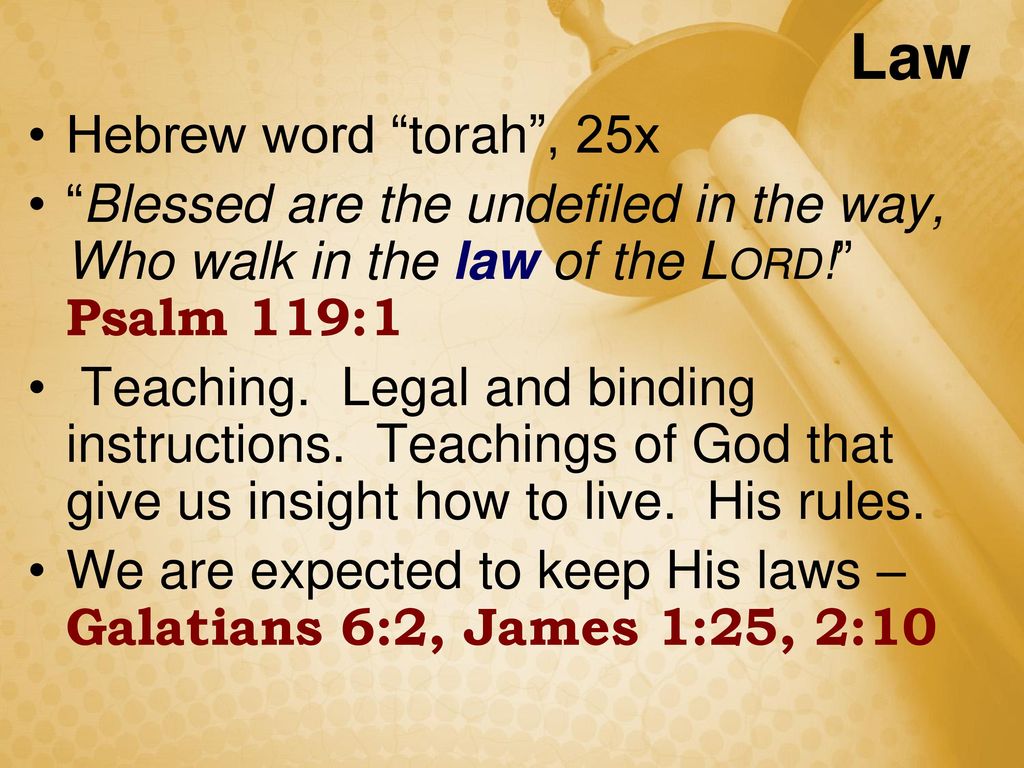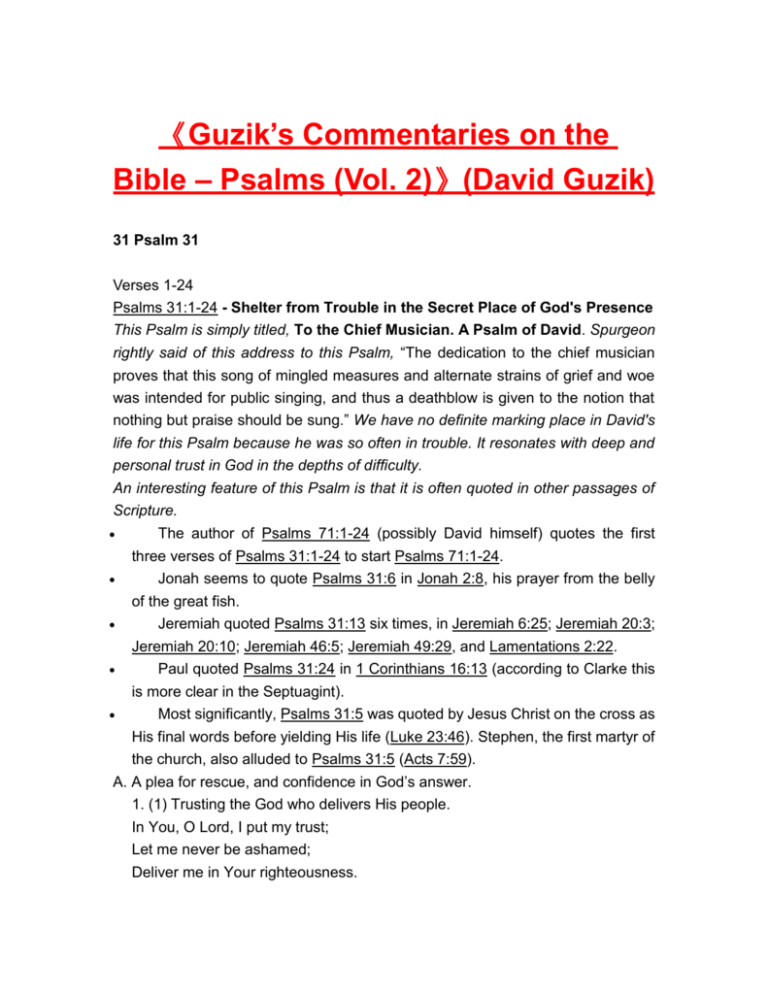

In essence, God says there are two ways of life open to us: one means blessedness, happiness, and fruitfulness, but the other means cursedness, unhappiness, and judgment. There are praise Psalms, lament Psalms, and enthronement Psalms and all contain wisdom, of course, but as an introduction and door to the rest of the Psalms, this Psalm declares in just a few words some of the most basic but profound truths and propositions of the Bible. Here is a contrast between character and destiny. (3) Then there is the contrast between the results of the two ways of life the godly are stable and fruitful, but the ungodly are unstable and face sure judgment. (2) The way of the godly is set forth by way of a contrast: negatively, what the godly do not do (1:1), and positively, what the godly do (1:2). (1) There is the way of the godly and their blessedness in contrast to the way of the ungodly (1:1-6). Note how this Psalm drives home its truth by the use of contrasts. Two great thrusts flow out of this: (a) the importance and absolute necessity of the Scripture, and (b) the changed character, stability, and fruitfulness it promises to those who make Scripture the core of their lives. However, the key subject is the centrality of God’s Word to the life and fruitfulness of the righteous who truly love His Word. It presents two ways of life: the way of the righteous and the way of the wicked. Above all else, it summarizes all that is to follow in the rest of the Psalms, and, for that matter, in the rest of Scripture. Man’s spiritual life is set forth negatively and positively, inwardly and externally, figuratively and literally. It declares the blessedness of the righteous and the misery and future of the wicked. Its subject matter is very general and basic, but it touches on two subjects that continually occur throughout the Psalms. This first Psalm stands as a kind of introduction to the rest of the Psalms. Like the Hebrew language itself, Hebrew poetry uses vivid images, similes, and metaphors to communicate thoughts and feelings. (5) Emblematic-One line conveys the main point, the second line illuminates it by an image (42:1 23:1).


(4) Climactic-The second line repeats with the exception of the last terms (29:1). (3) Synthetic-the second line explains or further develops the idea of the first line (1:3 95:3). (2) Antithetical-the thought of the first line is emphasized by a contrasting thought in the second line (1:6 34:10). (1) Synonymous-the same thought of the first line is basically repeated in different words in the second line (2:4 3:1 7:17).

There are several types of parallel arrangement of thoughts, with the first three listed below being the most basic. Hebrew poetry repeats and rearranges thoughts rather than sounds. Unlike English poetry, which emphasizes rhyme and meter, Hebrew poetry relies on other characteristics for its impact like parallelism and figures of speech.Įnglish verse manipulates sound, and emphasizes rhyme and meter. The Psalms, like the other wisdom literature of the Old Testament (Job, Proverbs, Ecclesiastes), is Hebrew poetry. “In every experience of our own, no matter how deep the pain or how great the frustration or how exhilarating the joy, we can find psalms which echo our inmost being, psalms which God uses to bring comfort or to confirm release.” 1 One reason people love the Psalms is that we can each usually identify the Psalms with our own experiences. They express the emotions, personal feelings, attitudes, gratitude, and interests of the average individual. The Psalms have a wonderful capacity to capture the reality of our human experience.


 0 kommentar(er)
0 kommentar(er)
